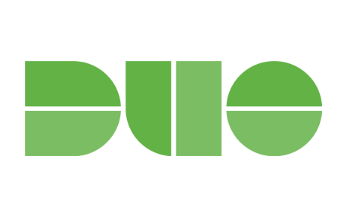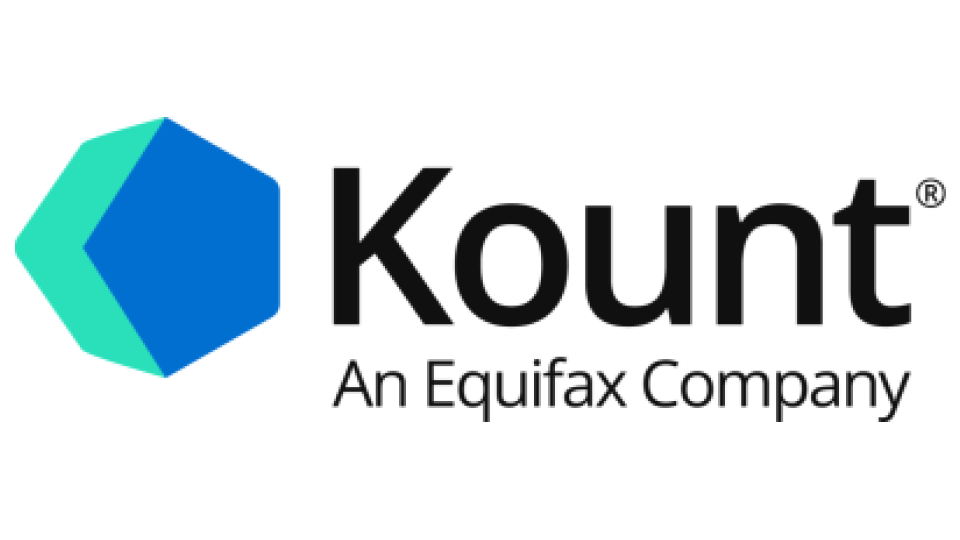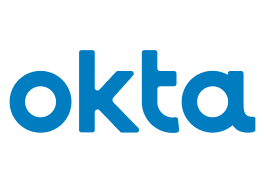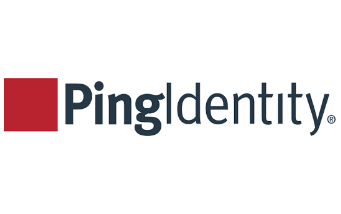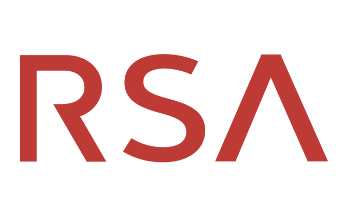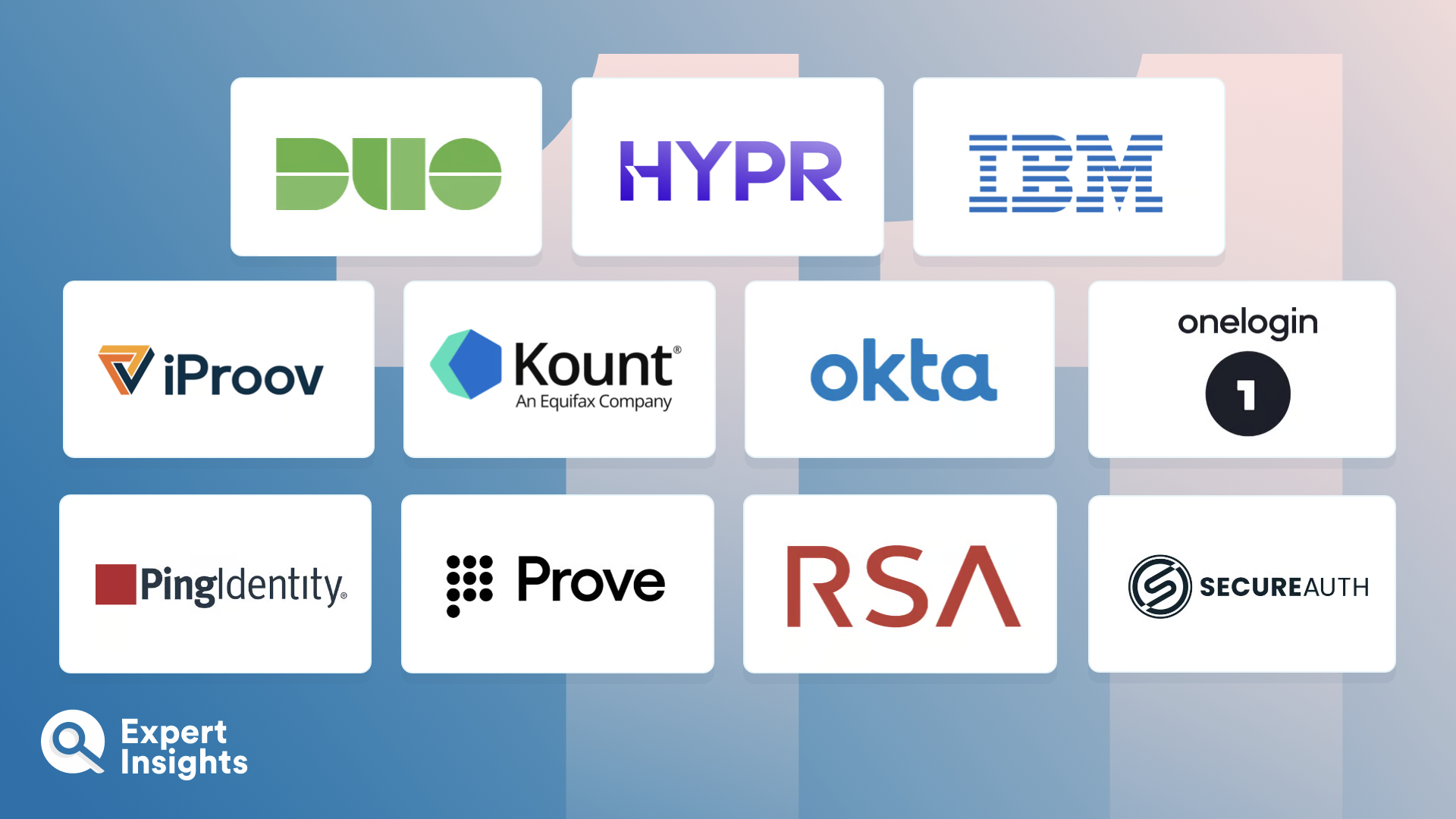Risk-Based Authentication (RBA) solutions, also known as “adaptive” authentication, increase the level of authentication required for a user to gain access to an account, application, or system, depending on how risky the login attempt is. To calculate that risk, RBA tools analyze the context of each login attempt, considering factors such as the login time, the user’s IP address and geolocation, and device type. It then compares this real-time analysis to the user’s historical login behavior. The more the login deviates from that user’s “normal” behavior, the higher the risk score. And the higher the risk score, the more levels of authentication are required.
RBA solutions “step up” authentication according to admin-defined access policies. This means that IT and security teams can decide the threshold at which authentication should be increased, and which methods of authentication should be required. Some solutions even enable admins to set different authentication methods at a user or application level, enabling them to increase security on certain sensitive data.
With the number of credential-related breaches consistently increasing, it’s critical that businesses implement multi-factor authentication to ensure that cybercriminals can’t access their data—even if they manage to steal or crack a user’s password. Risk-based authentication is a cost-effective solution to this challenge, enabling SMBs and enterprises alike to increase security without compromising productivity by adding unnecessary friction to the end user’s login experience.
In this article, we’ll explore the top risk-based authentication solutions designed to secure your company’s data against credential theft. We’ll look at features such as supported authentication methods, integrated Single Sign-On (SSO), policy configuration, centralized management, and reporting. We’ll also give you some background information on the provider, as well as the type of customer that each solution is most suitable for.



